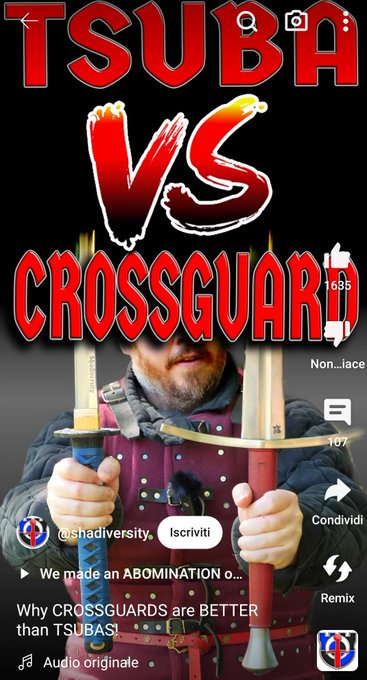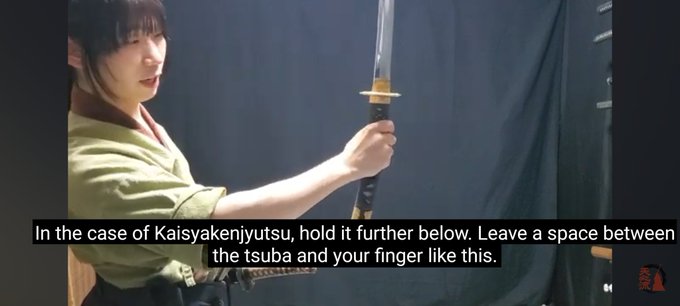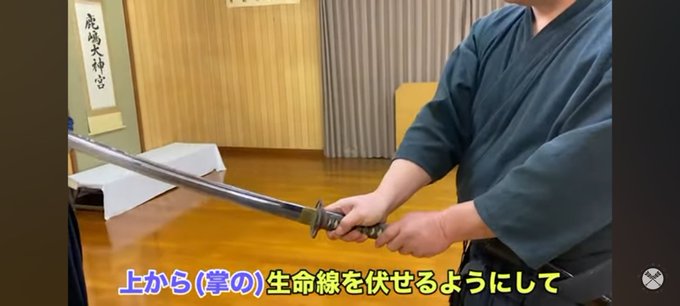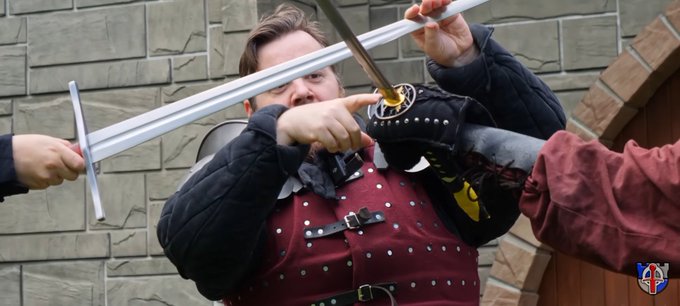
Gunsen History
@gunsen_history
Followers
4,146
Following
429
Media
1,013
Statuses
6,288
Amateur Japanese arms & armour researcher - 日本の甲冑と武器研究者 Latest work: Tōgoku no Bugu (東国の武具), Study notes
Joined January 2022
Don't wanna be here?
Send us removal request.
Explore trending content on Musk Viewer
LINGORM FILL
• 201634 Tweets
#MerzAestheticsXหลิงออม
• 199339 Tweets
政党助成金
• 122500 Tweets
#ThailandSchoolStar2024
• 103096 Tweets
期日前投票
• 81961 Tweets
助成金2000万円
• 74922 Tweets
メニュー
• 68519 Tweets
非公認候補の支部
• 57303 Tweets
J-HOPE AT KOREA SERIES 2024
• 51236 Tweets
非公認の候補者
• 37423 Tweets
FOURTH AT TSS2024
• 35844 Tweets
प्रियंका गांधी
• 35597 Tweets
ILL BE THERE POSTER
• 33887 Tweets
Daisuke
• 28383 Tweets
ドラフト
• 24474 Tweets
CELEBRATING 1K ELVISH VLOGS
• 22763 Tweets
Müsavat Dervişoğlu
• 17819 Tweets
HTSARF CHARACTER POSTER
• 17779 Tweets
GEMFOT x TSS2024
• 17319 Tweets
#LOVEMONEYFAME1stWin
• 15855 Tweets
MEW OPENING BOUTIQUE
• 13508 Tweets
#SEVENTEEN70thWin
• 12115 Tweets
ドナルド
• 10845 Tweets
代表の政党支部
• 10551 Tweets
SchoolStar x NamtanFilm
• 10364 Tweets
Last Seen Profiles
And as a final word, indeed Japanese people managed to invent their own crossguard.
Maybe, I am just saying, there were reasons why they did not used them in swords for over 500 years.
1
21
521
頑張って和訳してみました。 とても貴重で正確な表現だと思う。カッコ内は、わかりやすくするために私が付け加えたものである。
1
222
549
Hahaha not even 24 hours, as I expected.
17
30
476
I am impressed on how far this has reached. I am struggling to keep up with all the comments but I am grateful this has got enough attention to stir questions, critics and insightful conversations. It is an invite of people with experience in Japanese martial art to join as well!
5
22
284
A proper depiction of late Sengoku period (1580s) armored warrior from the eastern regions of Japan (Tōhoku and Kantō). The artwork was made by
@yoritomoart
and here on this thread I will talk about the features of this armor and its refererences
2
51
258
So let's continue with my response to Shad on his Japanese armor video as I think there are still points worth discussing. This is part 2!
For the previous one:
1
29
202
@yoritomoart
Seriously. I'm sorry to say it, but it is quite evident that a good part (maybe a very loud minority but I am not so sure) of people with an interest in European military history has a massive inferiority complex when it comes to Japanese history and culture so they feel the need
13
12
180
@Fabulous_Corvid
Probably not, but maybe people will find this thread and learn something new nonetheless!
2
0
161
Today I'll talk about the typical armor of the warriors from the western areas (Kinki and Chūgoku) which originated under the Toyotomi regime, developed in the 1580s. The art was made by
@yoritomoart
A proper depiction of late Sengoku period (1580s) armored warrior from the eastern regions of Japan (Tōhoku and Kantō). The artwork was made by
@yoritomoart
and here on this thread I will talk about the features of this armor and its refererences
2
51
258
1
33
160





























































































































































































